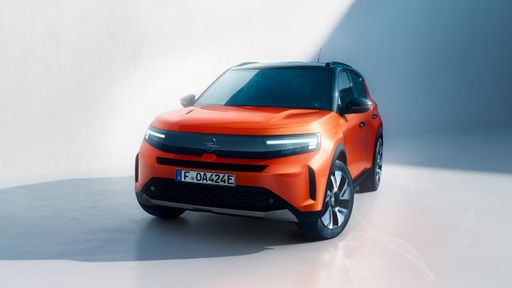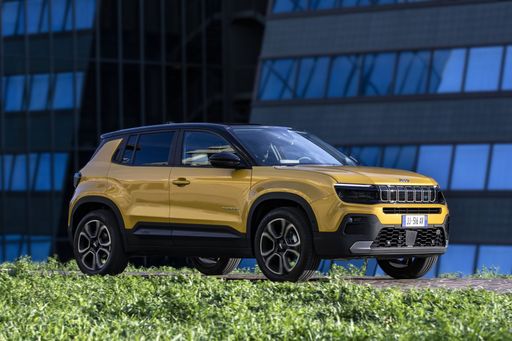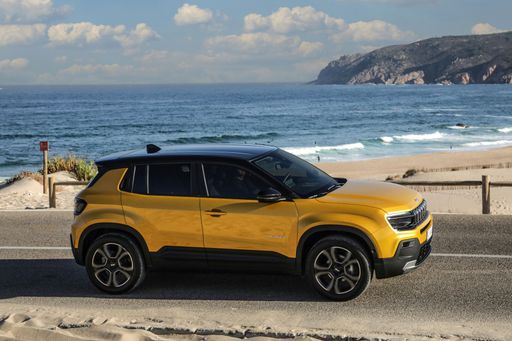Street Presence and Design Personality
The Jeep Avenger arrives with the kind of upright, rugged looks that wink at adventurous weekend plans, while the Opel Frontera opts for a broader, more composed silhouette that feels quietly grown-up; both wear their intentions on their sleeves. Inside the showroom both turn heads for different reasons — one trades off rugged charm for urban flair, the other promises restrained refinement. If style matters as much as substance, your choice will say as much about you as the car.








